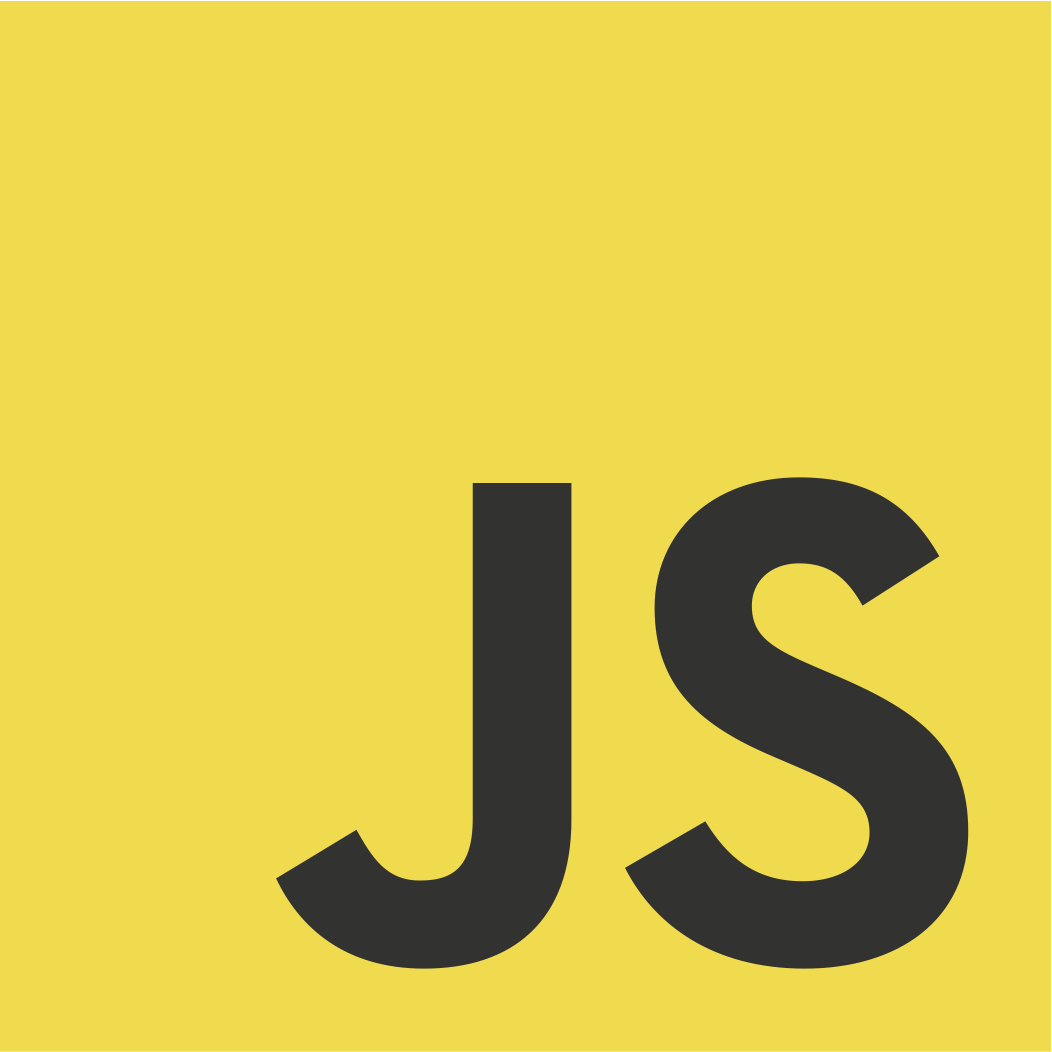
JavaScript
JavaScript is a dynamic programming language mainly used to create interactive websites, allowing complex functionalities to be added and content to be manipulated in real time.

JavaScript is a dynamic programming language mainly used to create interactive websites, allowing complex functionalities to be added and content to be manipulated in real time.

JavaScript is one of the most used programming languages to make web pages interactive and dynamic. Since its launch in 1995, JavaScript has evolved to become an essential tool for web developers to create intuitive user interfaces, animations, and complex interactions. Unlike static languages like HTML or CSS, which structure and style pages, JavaScript allows you to manipulate the elements of a page in real time, without requiring a complete reload of the site.
JavaScript works primarily on the client side (i.e. in the user's browser), making it a lightweight and fast language for user interactions. However, with the introduction of Node.js, it is also possible to use it on the server side, allowing developers to create complete web applications using a single language, from front-end to back-end.
One of the biggest benefits of JavaScript is its ability to make web pages interactive. Whether you want to add animation, create transition effects on buttons, or trigger events based on user action (like a click or form submission), JavaScript is the perfect tool for that.
For example, if you work with tools like Webflow, you can easily integrate JavaScript to create animations and interactions without using complex code.
With the evolution of technologies, JavaScript has seen the birth of a multitude of popular frameworks and libraries such as React.js, Vue.js and Angular.js, which facilitate the development of efficient and modular web applications. These tools make it possible to develop complex applications, whether it is a simple dynamic form or a complete social network.
For teams that use design tools like Figma, JavaScript allows interactive prototypes to be directly integrated into the development process, improving the efficiency of collaboration between designers and developers.
JavaScript is renowned for its ease of learning, making it a great option for beginning developers. At the same time, its flexibility makes it possible to carry out extremely varied projects, from the development of small scripts to large-scale applications.
All major browsers (Chrome, Firefox, Safari, etc.) support JavaScript. Moreover, thanks to its open-source nature, it is constantly improved by the community, guaranteeing its compatibility with modern web standards.
The JavaScript ecosystem is one of the largest with thousands of libraries And of frameworks available. These tools speed up development, by offering ready-to-use solutions for common tasks such as managing animations, API requests, or even managing the state of applications.
JavaScript is a programming language used to create dynamic websites. It is essential because it allows developers to add interactive elements such as clickable buttons, animations, and complex applications directly into the user's browser.
With JavaScript, you can create interactive websites, single-page applications (SPAs), web games, and even mobile applications with frameworks like React Native.
Yes, JavaScript is supported by all major web browsers, including Chrome, Firefox, Safari, and Edge. Developers don't have to worry about compatibility as long as they respect modern web standards.
JavaScript is mostly used for client-side web development, while Python or Ruby are often used for back-end scripting or data analysis. However, with Node.js, JavaScript can also be used on the server side, making it a versatile language.
The most popular frameworks include React.js, Vue.js, and Angular.js. They facilitate the creation of interactive web applications by structuring the code and allowing modular functionalities.
There are plenty of online tutorials to get started with JavaScript. Platforms like Codecademy, MDN Web Docs, or W3Schools offer complete and free courses to learn the basics.